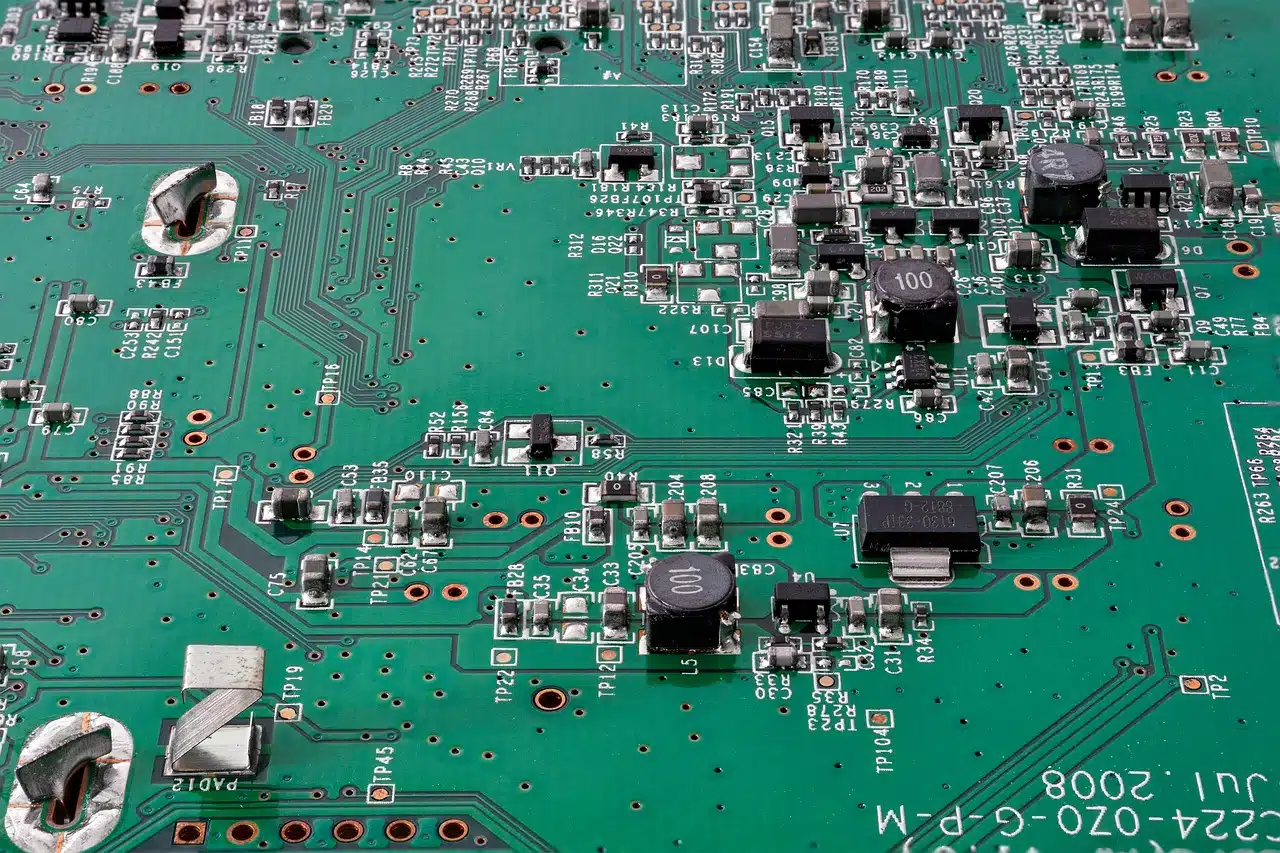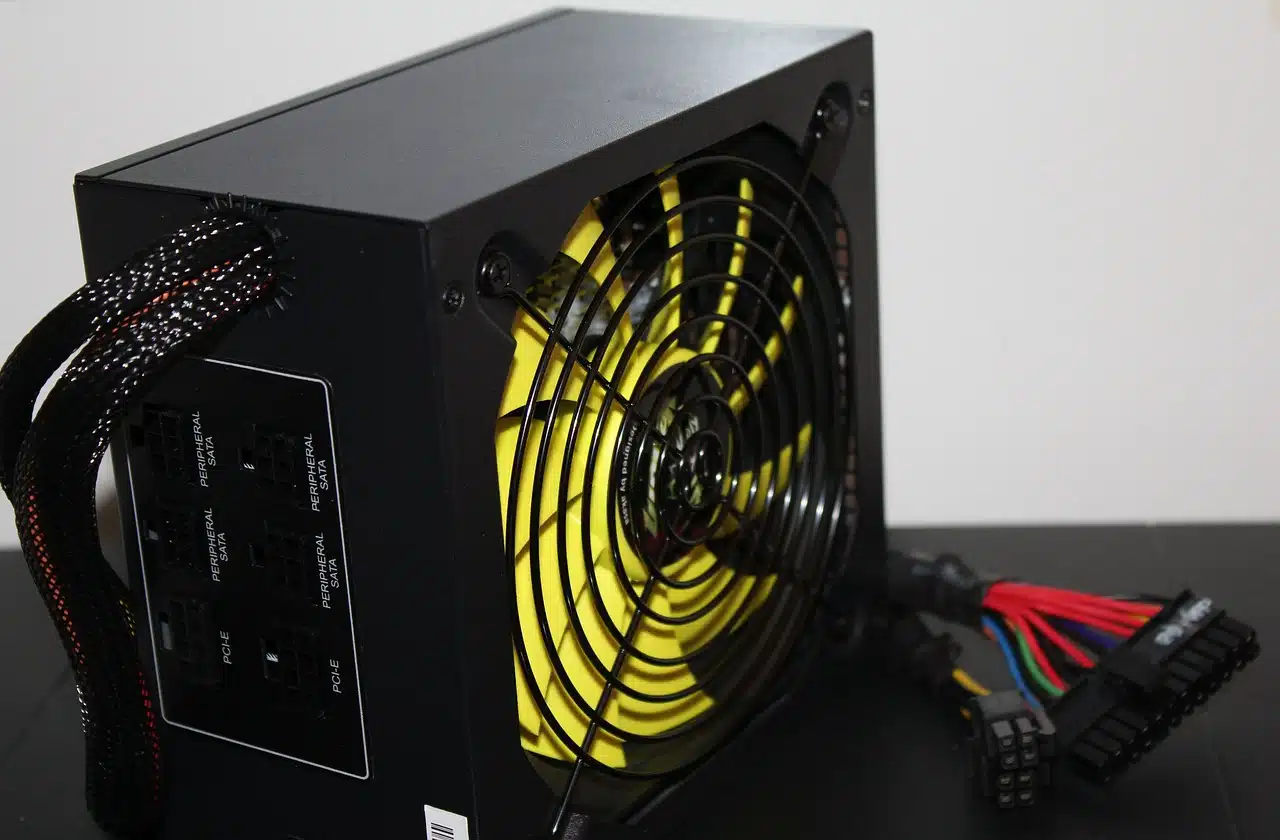
Transistors are active components of an electronic circuit, where there are also passive components such as the coil, the capacitor and the resistor .
A transistor is a semiconductor used for rectification and amplification of electrical impulses . It has at least three electrodes and is characterized by its ability to tolerate currents of a certain intensity while operating at reduced voltages.
The etymology of transistor takes us to the English word transistor , which is an acronym of transfer (translatable as "transfer" ) and resistor (which refers to a "resistance" ). The concept is used in the field of electricity .
What is a transistor
Like all semiconductors, a transistor is an insulating element that, under certain factors or circumstances, becomes a conductor . This means that, depending on the context, it can prevent or allow the passage of electric current.
It can be said that a transistor is an electronic component that, depending on its configuration, is able to act as a rectifier , switch , oscillator or amplifier of electricity. It is an active device that is controlled by current .
Its components
The transistor has an emitter (capable of emitting particles with an electrical charge), a collector (which collects the emissions) and a base (located between the emitter and the collector, it modulates the advance of the particles). Between these three components two bipolar unions are established.
In this way, the current injected into the emitter and graduated through the base circulates through the collector. An amplification factor appears between the base current and the collector current that can take different values.
It is interesting to mention that, although silicon transistors are the most used, there are also silicon-germanium transistors and gallium arsenide transistors, among others. The choice of one material or another is linked to the use that will be given to the device.

Power supplies have transistors.
Uses of a transistor
A base current , a collector current and an emitter current can act on a transistor. When there is no base current, there is no current between the collector and the emitter. On the other hand, if there is a base current, a current greater than that is generated between the collector and the emitter.
In short, in this component there is an input current and an output current . Starting from this primary operation, the transistor is generally used as a switch or as an amplifier .
As a switch, the transistor cuts off or allows the passage of electrical signals based on a small control signal. As an amplifier, meanwhile, that small signal is transformed into a larger signal, which becomes the output signal.
A transistor, on the other hand, can adopt three different states depending on its work. The transistor is active when, depending on the base current, it allows a greater or lesser current to pass between the collector and the emitter.
If there is current at the base, or it is negligible and does not go from the collector to the emitter, the transistor is cut off . Finally, the transistor reaches saturation if the highest possible current flows between the collector and the emitter.
integrated circuits
Integrated circuits are elements that are part of a large number of transistors in a small space . Its creation represented a great advance in electrical engineering.
Also called a microchip or chip , an integrated circuit is built with a semiconductor material. An electronic circuit is placed on it, which is encapsulated. Said encapsulation includes conductors so that the integrated circuit can be connected to the printed circuit.
In a computer, for example, the motherboard has various integrated circuits. Cell phones, televisions, and cars also have chips.

While a diode is responsible for converting alternating current into direct current, the transistor is dedicated to transmitting the input signals from the low resistance circuit to the high resistance circuit.
Transistors in radio communication
Radio communication is telecommunication that is carried out using the radio frequency of the electromagnetic spectrum . What is done with this technology is to transmit signals through the modulation of electromagnetic waves : it can be amplitude modulation (AM) or frequency modulation (FM) .
In this way, charged particles (such as electrons) extend into the radio frequency zone, act on an antenna (which is an electrical conductor) and generate an electric current that is then converted into an audio signal.
The radio transmitter or radio transmitter is the device that is responsible for radiating the waves. The radio receiver , meanwhile, recovers those signals.
After the use of tubes in receivers, in the mid-1950s radio receivers equipped with electronic circuits that had transistors began to be used. This innovation led radio to position itself as the most popular means of communication of the time worldwide.
Thanks to the transistor radio, the receivers became smaller and more portable, as they did not require connection to the electricity grid. Over time, we moved from transistor to integrated circuit and digital audio transmission .
